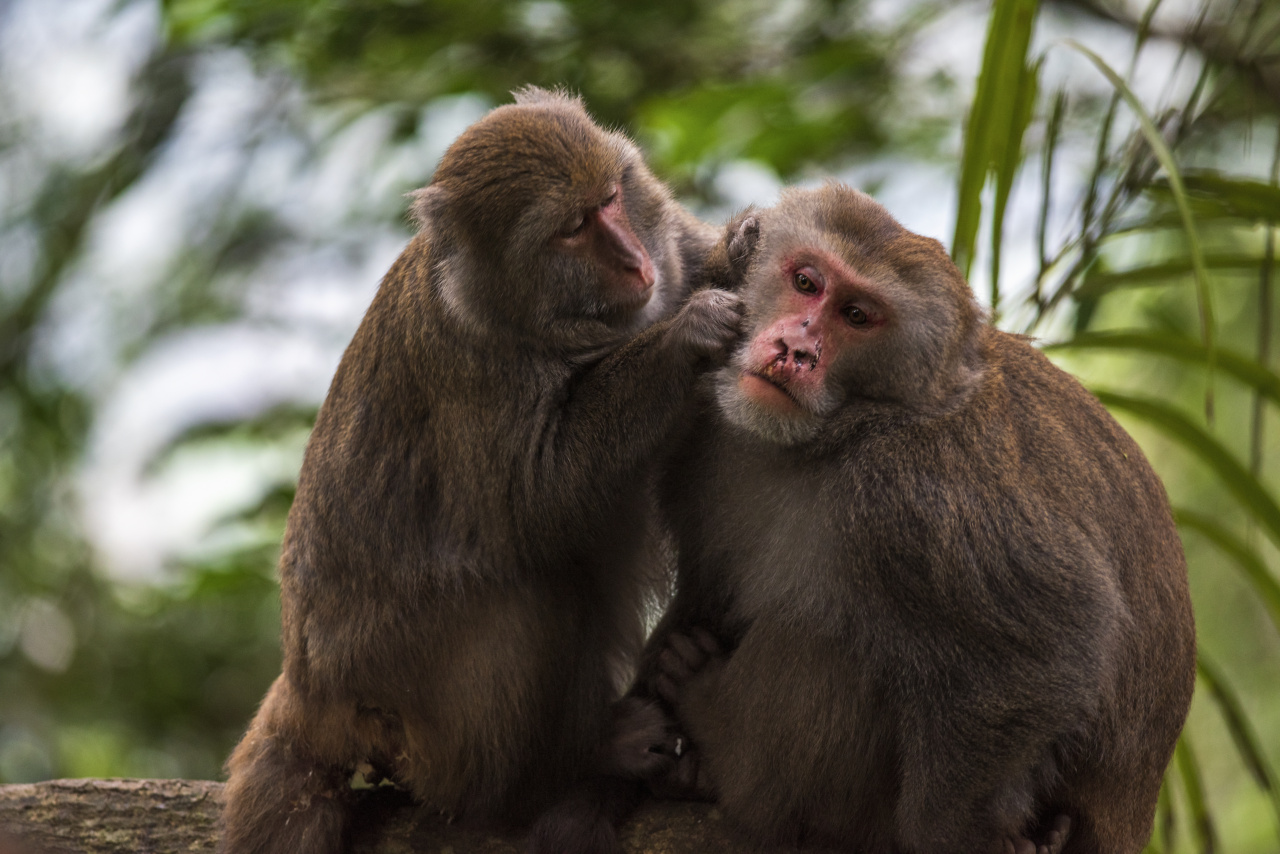A recent study has highlighted a concerning link between monkey bites and the development of encephalitis and seizures in humans.
This research has shed light on the potential dangers of interacting with monkeys in close proximity, emphasizing the need for caution and awareness when encountering these animals in the wild or in captivity.
Understanding Encephalitis and Seizures
Encephalitis refers to the inflammation of the brain, which can result in significant neurological complications. The condition can be caused by various factors, including viral infections, bacterial infections, and parasitic infestations.
When encephalitis occurs, it can lead to seizures, cognitive impairment, memory loss, and even death in severe cases.
The Study and its Findings
The study, conducted by a team of researchers from renowned universities and medical institutions, aimed to explore the association between monkey bites and the incidence of encephalitis and seizures.
The researchers analyzed numerous cases of individuals who experienced monkey bites and subsequently developed neurological complications.
Findings from the study revealed a direct correlation between monkey bites and the development of encephalitis.
It was observed that when monkeys bite humans, they can transmit several pathogenic microorganisms that cause inflammation in the brain, leading to encephalitis. Additionally, some individuals who were bitten by monkeys experienced seizures as a secondary consequence of the encephalitis.
Monkey Bites and Pathogenic Microorganisms
Monkeys, like many other animals, can carry a wide range of microorganisms. While some of these microorganisms are harmless to humans, others can cause severe infections.
Monkey bites can introduce these pathogenic microorganisms into a human’s bloodstream, potentially leading to neurological complications.
One of the microorganisms commonly associated with monkey bites is the herpes B virus, also known as Macacine herpesvirus 1. This virus is prevalent among macaque monkeys and can be transmitted to humans through bites or scratches.
Herpes B virus infection in humans can result in encephalitis and seizures, which highlights the significance of understanding the risks associated with monkey bites.
In addition to the herpes B virus, other pathogenic microorganisms found in monkey saliva and on their skin can also trigger inflammation and subsequent encephalitis in humans. These microorganisms include various bacteria, protozoa, and parasites.
Prevention and Precautions
Given the potential risks involved, it is crucial to take appropriate preventive measures when encountering monkeys. Whether in the wild or in captive settings, individuals should exercise caution and adhere to the following precautions:.
1. Avoid direct physical contact with monkeys
Minimize interactions that involve physical contact with monkeys to decrease the risk of bites or scratches.
2. Do not feed or provoke monkeys
Feeding or provoking monkeys can agitate them and increase the likelihood of aggressive behaviors, including bites.
3. Keep a safe distance
When observing monkeys, maintain a safe distance to reduce the chances of accidental contact.
4. Follow safety guidelines in wildlife areas
If visiting areas inhabited by monkeys, be aware of and follow any safety guidelines provided by authorities.
5. Seek medical attention after a monkey bite
If bitten or scratched by a monkey, it is crucial to seek immediate medical attention to assess the risk of infection and receive appropriate treatment if necessary.
Awareness and Education
The study’s findings emphasize the need for increased awareness and education regarding the potential dangers associated with monkey bites.
Educating individuals, especially those living or traveling in areas inhabited by monkeys, can help prevent the transmission of diseases and reduce the incidence of encephalitis and seizures.
By understanding the risks and taking appropriate precautions, individuals can minimize the chances of encountering complications from monkey bites.
Additionally, ongoing research and surveillance are necessary to identify and monitor potential emerging diseases associated with interactions between humans and monkeys.































